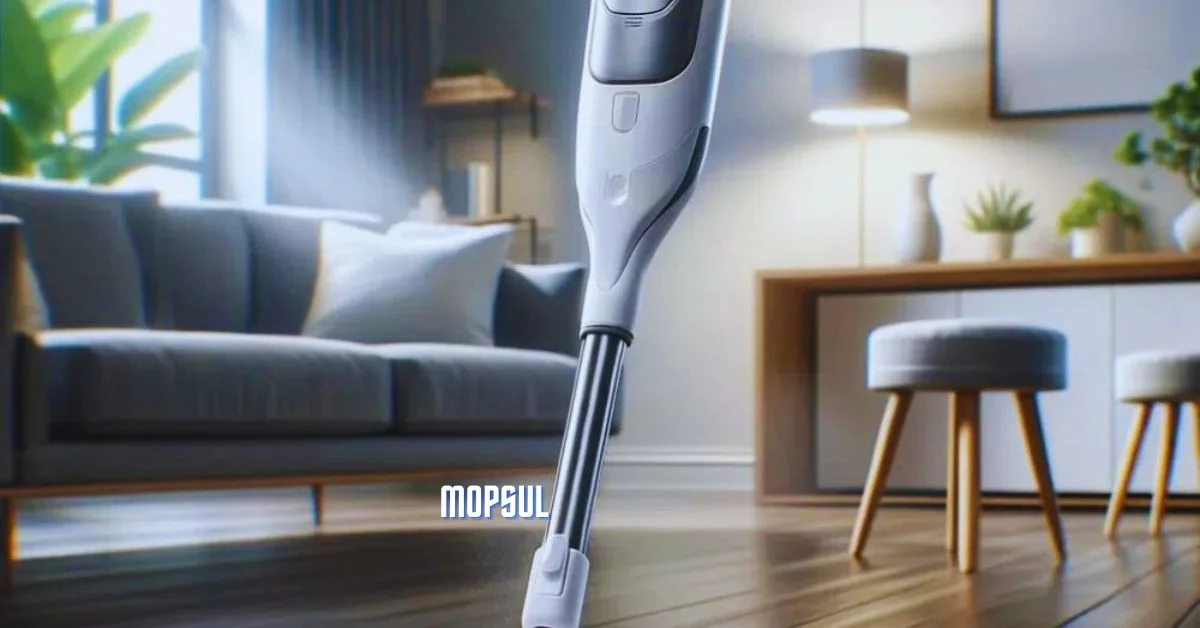Introduction
The transportation industry has been on the brink of a significant transformation for years. The advent of electric vehicles (EVs), autonomous driving technologies, and smart infrastructure has paved the way for a new era of mobility. Among the frontrunners in this revolution is Autobà, a company dedicated to creating sustainable, efficient, and intelligent transportation solutions. This article delves into the various facets of Autobà, exploring its innovations, impact on the industry, and future prospects.
The Birth of Autobà
Autobà was founded in 2015 by a group of visionary engineers and entrepreneurs who recognized the urgent need for a paradigm shift in transportation. With a mission to reduce carbon emissions, enhance road safety, and improve the overall commuting experience, Autobà set out to develop state-of-the-art technologies and vehicles.
Vision and Mission
The core vision of Autobà is to lead the world into a new era of transportation that is clean, connected, and autonomous. Their mission encompasses three primary objectives:
- Sustainability: Reducing the carbon footprint of transportation through electric and renewable energy solutions.
- Safety: Enhancing road safety through advanced autonomous driving systems and smart infrastructure.
- Efficiency: Improving the efficiency of transportation networks with intelligent traffic management and vehicle-to-everything (V2X) communication.
Innovations in Electric Vehicles
Autobà has made significant strides in the development of electric vehicles, offering a range of models that cater to different market segments, from compact city cars to luxurious SUVs and high-performance sports cars.
Cutting-Edge Battery Technology
One of the critical challenges in the EV industry is battery performance. Autobà has invested heavily in research and development to create batteries that offer longer range, faster charging times, and greater longevity. Their proprietary battery technology utilizes advanced materials and innovative design to achieve these goals.
Sleek and Sustainable Designs
Autobà’s vehicles are not only technologically advanced but also aesthetically pleasing. The design team has focused on creating aerodynamic and stylish vehicles that appeal to a broad audience. Sustainability is also a key consideration in the design process, with the use of recycled materials and eco-friendly manufacturing practices.
Autonomous Driving: The Future of Mobility
Autobà is at the forefront of autonomous driving technology, aiming to make self-driving cars a common sight on the roads.
Levels of Autonomy
Autobà’s autonomous driving system is designed to progress through different levels of autonomy, from basic driver assistance to full self-driving capabilities. Currently, their vehicles offer Level 3 autonomy, which allows for hands-free driving under certain conditions, with plans to achieve Level 5 autonomy in the near future.
Advanced Sensor Suite
A crucial component of Autobà’s autonomous driving system is its advanced sensor suite. This includes a combination of cameras, lidar, radar, and ultrasonic sensors, which work together to provide a 360-degree view of the vehicle’s surroundings. The data from these sensors is processed in real-time by sophisticated algorithms to make safe and accurate driving decisions.
Smart Infrastructure and V2X Communication
To fully realise the potential of autonomous vehicles, a robust and intelligent infrastructure is necessary. Autobà is actively involved in developing smart infrastructure solutions and vehicle-to-everything (V2X) communication systems.
Intelligent Traffic Management
Autobà’s intelligent traffic management system leverages big data and artificial intelligence to optimise traffic flow, reduce congestion, and improve road safety. By analyzing real-time traffic data, the system can adjust traffic signals, provide alternative route suggestions, and manage emergency responses more effectively.
V2X Communication
Vehicle-to-everything (V2X) communication is a pivotal aspect of Autobà’s vision for the future of transportation. This technology enables vehicles to communicate with each other, as well as with traffic infrastructure, pedestrians, and cyclists. V2X communication enhances situational awareness, reduces the likelihood of accidents, and facilitates smoother traffic flow.
Environmental Impact and Sustainability
Autobà’s commitment to sustainability extends beyond its vehicles to encompass the entire lifecycle of its products and operations.
Carbon Neutral Manufacturing
Autobà has implemented numerous initiatives to achieve carbon neutrality in its manufacturing processes. This includes the use of renewable energy sources, such as solar and wind power, in its factories, as well as the adoption of energy-efficient technologies and practices.
End-of-Life Vehicle Recycling
The company has also developed comprehensive programs for recycling and repurposing end-of-life vehicles. This ensures that valuable materials are recovered and reused, minimising waste and reducing the environmental impact of discarded vehicles.
Impact on the Transportation Industry
Autobà’s innovations have had a profound impact on the transportation industry, influencing both market trends and regulatory frameworks.
Market Influence
The introduction of Autobà’s advanced EVs and autonomous driving technologies has spurred competition and innovation within the automotive industry. Other manufacturers have been compelled to accelerate their own development efforts, leading to a more dynamic and rapidly evolving market.
Regulatory Developments
Autobà has also played a role in shaping regulatory developments related to EVs and autonomous vehicles. By working closely with policymakers and industry stakeholders, the company has helped to establish standards and guidelines that promote safety, sustainability, and technological advancement.
Challenges and Opportunities
Despite its numerous achievements, Autobà faces several challenges as it continues to push the boundaries of transportation technology.
Technological Hurdles
Developing reliable and safe autonomous driving systems remains a significant challenge. Ensuring that these systems can handle complex and unpredictable real-world scenarios is critical to gaining public trust and regulatory approval.
Infrastructure Requirements
The widespread adoption of autonomous vehicles requires substantial investments in smart infrastructure. Governments and private stakeholders must collaborate to build and maintain the necessary infrastructure to support these technologies.
Market Competition
As more companies enter the EV and autonomous vehicle markets, Autobà must continue to innovate and differentiate itself to maintain its competitive edge.
Future Prospects
Looking ahead, Autobà has ambitious plans to further revolutionise transportation.
Expansion into New Markets
The company is exploring opportunities to expand its presence in emerging markets, where the demand for sustainable and efficient transportation solutions is growing rapidly.
Continued Innovation
Autobà remains committed to continuous innovation. This includes ongoing research and development in areas such as battery technology, autonomous driving algorithms, and smart infrastructure.
Collaboration and Partnerships
To achieve its goals, Autobà recognizes the importance of collaboration and partnerships. The company is actively seeking partnerships with other technology firms, research institutions, and government agencies to advance its mission.
Conclusion
Autobà stands at the forefront of a transportation revolution, driven by its commitment to sustainability, safety, and efficiency. Through its cutting-edge electric vehicles, autonomous driving technologies, and smart infrastructure solutions, Autobà is shaping the future of mobility. As the company continues to innovate and expand, it promises to play a pivotal role in creating a cleaner, safer, and more connected world.
Read More: Buší: A Cultural and Linguistic Exploration




